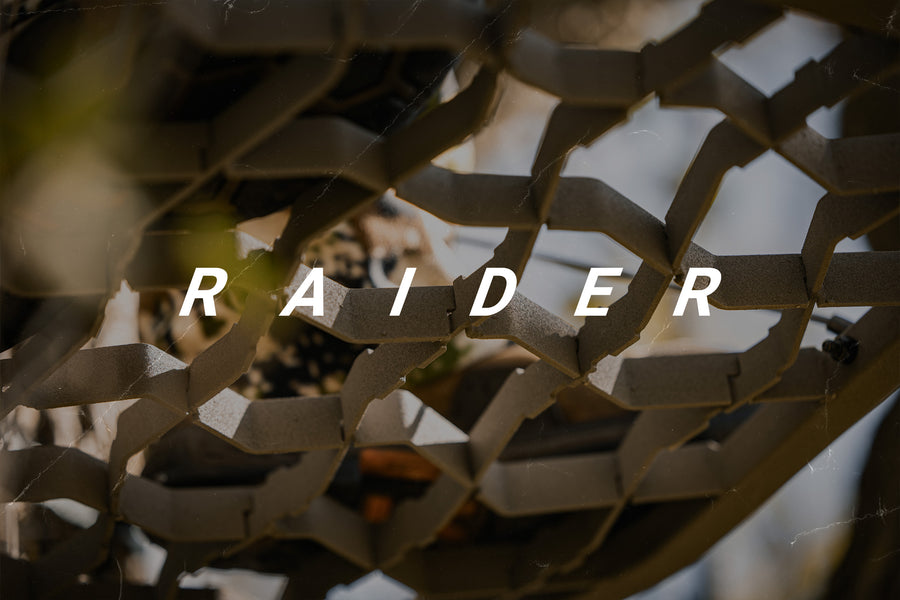Planting Spring Soybeans with Don Higgins
I personally believe that whitetails crave soybeans during the late season for a couple of reasons. First, there is likely no other food source at this time of the year that comes close to offering the same level of protein as soybeans. I have personally sent a sample of soybeans in the pod, which is how deer eat them, to an independent lab for testing and found that they offered nearly 30% crude protein. Shelled corn, on the other hand, is approximately 8% protein. Protein is a very important component of any feed ration and all forms of wildlife naturally crave it. During the winter months there is likely not another food source in most areas that can compare to the protein content offered by soybeans. Furthermore, and probably more important to whitetails at this time of year, soybeans are also high in fat due to their oil content. A whitetail utilizes this fat as energy to increase body heat. Considering these factors it is no wonder that whitetails are so attracted to soybeans during the late season.
To suggest that soybeans are strictly a late season food source for whitetails would be highly inaccurate, however. Sure, soybeans stand alone in terms of attractiveness to whitetails in the late season but they also attract them with regularity from the time they sprout in the late spring until the very last bean has been devoured from a plot. While hunting, I have personally witnessed mature whitetail bucks feeding in soybean food plots from the first day of the early archery season right through until the very last day of the late season. Probably even more important than the opportunities that soybeans offer to the whitetail hunter is the nutritional benefit they provide to whitetails after the hunting season has closed and when they need it the most. Harsh winter weather can have a major impact on the health and well-being of whitetails. Soybeans can help get whitetails through this tough period and allow them to enter the spring in better condition for bucks to grow new antlers and does to give birth and raise their fawns.

You have probably guessed by now that soybeans are far and away my favorite food plot crop and for good reason. They are good for the deer and good for deer hunting. I also believe that soybeans are one of the easiest food plot crops to grow, but they do have some challenges. Primarily, deer are so attracted to soybeans that they can wipe out a young stand about as fast as they germinate. There are a number of ways that this issue can be combated however.
To begin, soybean plots should be as large as possible. A small plot simply does not have the food volume to withstand much browsing pressure. I would never consider a soybean plot that is smaller than half an acre. If your food plot acreage is limited, don’t give up on soybeans just yet. There are other methods to control browsing pressure enough to get a soybean stand established and the results are generally worth the effort.
If you live in an area like I do where farmers are growing a lot of soybeans, I suggest that you wait about two weeks after the farmers are done planting their fields before planting your soybean plots. This will give the local whitetails a chance to find and key-in on soybean fields in your area before your plots offer any food to them at all. We all know how a herd of whitetails will hammer a prime food source when it comes into season. By allowing the local whitetails to start utilizing the young soybean plants in a larger field before yours are even available to them will help cut down on the early browse pressure.
On top of maximizing the size of your soybean plots and strategically planning the timing of your actual planting, there are even more options to help you get a nice soybean food plot established. At least a couple of companies have marketed fencing products to keep deer from entering food plots until they have grown to a point where they can withstand some browsing. One of these products is simply an electric fence that some plotters have adjusted to fit this application. Another product uses electric fence stakes around the edge of a food plot to support a ribbon which has been soaked in a repellent to keep deer away. The idea with both products is to keep deer out of the food plots long enough for the soybeans to get some sizable growth before removing the barriers and letting the deer in to feed. I must admit that I don’t have any personal experience with either product and have heard both very good and less than favorable reports from those who have tried them.

Another interesting product that has shown promise in controlling browsing whitetails in soybean food plots is “milorganite”. Milorganite is a fertilizer product made from human waste taken from sewage lagoons. In tests conducted by researchers at the University of Georgia, milorganite has proven effective in repelling browsing deer and other wildlife from various plants, including soybeans. Milorganite can be purchased in 50# bags at many farm and home supply stores making it easy for a food plotter to acquire it in the quantities needed for their application. I could actually devote this entire article to this one topic but instead I suggest that anyone interested in trying this product or desiring more information, simply do an internet search for “milorganite”.
Many of today's soybeans are “glyphosate tolerant” or “Round-Up Ready™”, meaning that you can spray these soybeans with a glyphosate herbicide and it will not harm the soybean plants but will kill the weeds which it contacts. (Round-Up™ is a trade name for glyphosate) I normally wait for the vegetation in my soybean plots to reach 4”-8” tall and then spray the plot with glyphosate. The weeds will then be killed and the soybean plants will be left to grow with little or no weed competition.
When I first started planting soybeans in my food plots I would simply get some seed from my neighbors who are farmers. Some years this worked out great and I would enjoy some great hunting action throughout the season near my plots and the deer would get some high quality nutrition when they really needed it. Other years, it didn’t work out so well because the soybeans would “shatter”. Shatter simply means that the bean pods would split open and drop the soybeans onto the ground. Production agriculture is not concerned with soybeans that remain shatter resistant into January and February, long after the normal harvest season, but for the food plotter - this is very important. I began testing different varieties of soybeans to find those which were the most shatter resistant.

Through nearly 20 years of research to find the best soybeans for whitetail food plots, I also discovered that deer were significantly more attracted to certain soybean varieties. This attraction is related to the oil content of a soybean variety. In other words, those soybean varieties with the highest oil content were the varieties that the deer preferred.
Today, my company Real World Wildlife Products (www.realworldwildlifeproducts.com) is marketing a soybean seed blend called “Generation-2 soybeans” based on the shatter resistance and oil content of the soybeans within the 4 different soybeans in the blend. Testing has proven that the soybeans in this blend are more attractive to whitetails and will remain in the pods well into the spring months. Our soybean tests include new varieties each year as Real World continues to search for the very best seed varieties for our blends.
So should you be planting soybeans in your food plots? That is something that only you can answer. With all the hype surrounding many food plot products, I suggest that you keep an open mind and do your own informal research. Try different soybean seed products to see which works best for you in your area. In a nutshell, if your region typically experiences snow and cold winter temperatures, you will probably find these soybeans to offer a prime food source late into the season.
Don’t make the mistake that I once did by thinking that another food plot crop may be better than soybeans - especially during the late season. Soybeans are easily my favorite food plot crop and I plant more plot acres to soybeans than any other crop. If you have not yet seen the drawing power of a soybean plot, maybe this should be the year to see what you have been missing.
Don Higgins can be reached through his website www.higginsoutdoors.com
Real World Generation-2 soybeans can be purchased online at www.realworldwildlifeproducts.com






